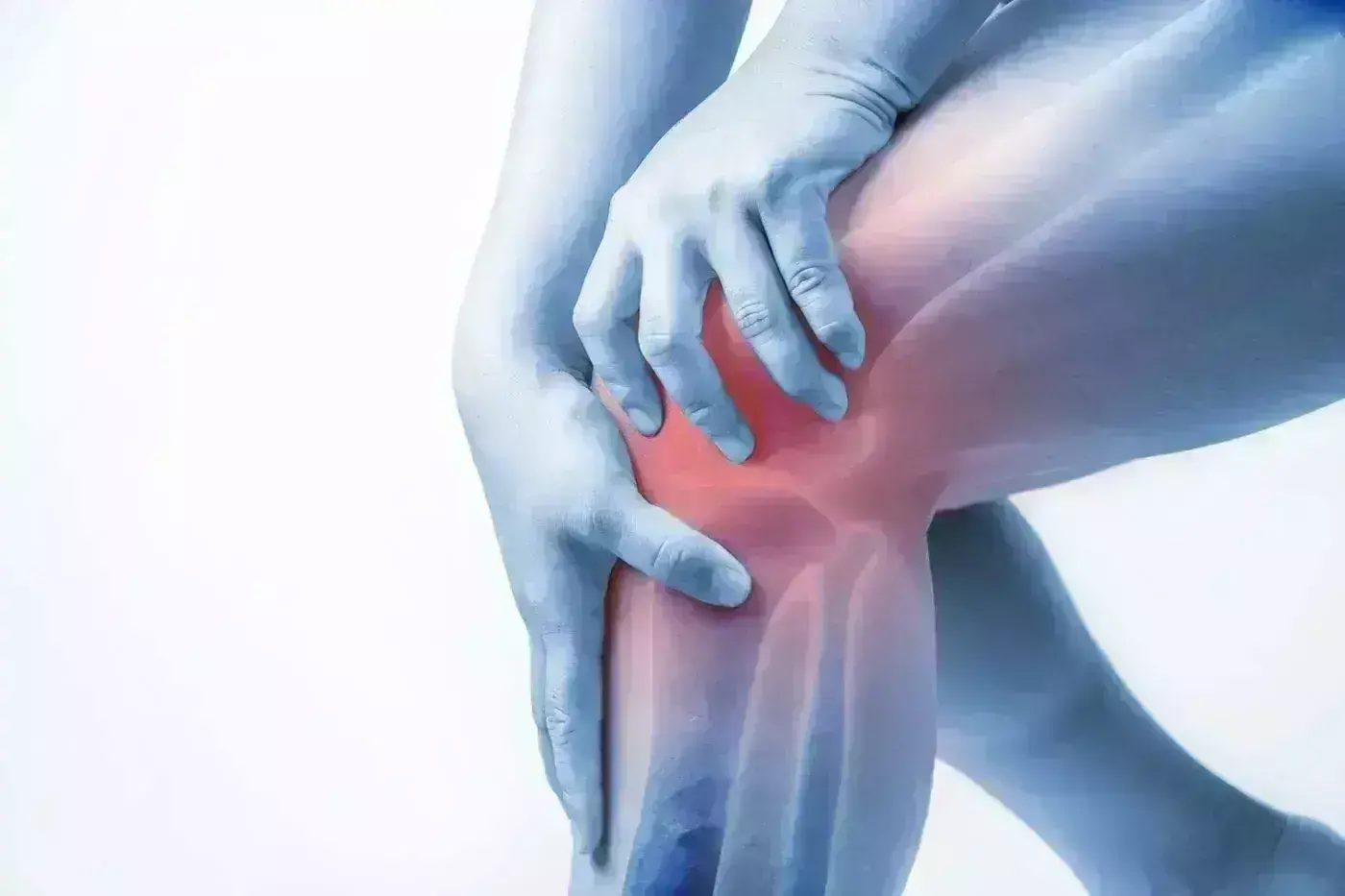- Home
- Medical news & Guidelines
- Anesthesiology
- Cardiology and CTVS
- Critical Care
- Dentistry
- Dermatology
- Diabetes and Endocrinology
- ENT
- Gastroenterology
- Medicine
- Nephrology
- Neurology
- Obstretics-Gynaecology
- Oncology
- Ophthalmology
- Orthopaedics
- Pediatrics-Neonatology
- Psychiatry
- Pulmonology
- Radiology
- Surgery
- Urology
- Laboratory Medicine
- Diet
- Nursing
- Paramedical
- Physiotherapy
- Health news
- Fact Check
- Bone Health Fact Check
- Brain Health Fact Check
- Cancer Related Fact Check
- Child Care Fact Check
- Dental and oral health fact check
- Diabetes and metabolic health fact check
- Diet and Nutrition Fact Check
- Eye and ENT Care Fact Check
- Fitness fact check
- Gut health fact check
- Heart health fact check
- Kidney health fact check
- Medical education fact check
- Men's health fact check
- Respiratory fact check
- Skin and hair care fact check
- Vaccine and Immunization fact check
- Women's health fact check
- AYUSH
- State News
- Andaman and Nicobar Islands
- Andhra Pradesh
- Arunachal Pradesh
- Assam
- Bihar
- Chandigarh
- Chattisgarh
- Dadra and Nagar Haveli
- Daman and Diu
- Delhi
- Goa
- Gujarat
- Haryana
- Himachal Pradesh
- Jammu & Kashmir
- Jharkhand
- Karnataka
- Kerala
- Ladakh
- Lakshadweep
- Madhya Pradesh
- Maharashtra
- Manipur
- Meghalaya
- Mizoram
- Nagaland
- Odisha
- Puducherry
- Punjab
- Rajasthan
- Sikkim
- Tamil Nadu
- Telangana
- Tripura
- Uttar Pradesh
- Uttrakhand
- West Bengal
- Medical Education
- Industry
Thermal Genicular Nerve Radiofrequency Ablation therapy provides significant pain relief in knee osteoarthritis

Oguz Kaya et al found a study that - Non-surgical thermal GNRFA therapy of knee osteoarthritis provides significant outcomes in terms of pain and functionality, with no significant systemic or local side effects. Therefore, the technique can be considered as an alternative to other methods when treating advanced osteoarthritis.
The GNRFA procedure targeted the superior lateral, superior medial, and inferior medial genicular nerves. The inferior lateral branch is not included in the application due to its proximity to the common peroneal nerve. The concave region of the femoral condyles in the metadiaphysis of the femur is the anatomical trace of passage of the superomedial and superolateral genicular nerves. The inferomedial genicular nerve passes anatomically through the concave region between the tibial metadiaphysis and the shaft and the tibial plateau.
Local anesthesia was administered with 2 mL of 1% lidocaine to each area to be treated. Then, a 10 mm cannulated needle was placed in the targeted areas under fluoroscopy. The guide needle was removed and a 100-mm-long, 22-gauge RFA needle was inserted into the cannula. No motor stimulation was observed upon giving 1.5 V of stimulating current to the patients. Then, RFA was applied at 60–80 °C for 120 s. The needle localization was checked under fluoroscopy and RFA was applied for another 60 s. When pain was observed at 80 °C at the beginning of the procedure, the temperature was reduced to at least 60 °C.
After retrospectively examining the hospital records, 49 knees of 35 patients who had undergone thermal RFA of the superior medial, superior lateral, and inferior medial branches of the genicular nerve under fluoroscopic guidance were included in the study.
The visual analog scale (VAS) scores of the patients were recorded before RFA, on the day of RFA, and at the first, sixth, and 12th months postoperatively, as well as their Western Ontario and McMaster Universities Arthritis Index (WOMAC) scores before RFA and at the 12th month postoperatively.
The observations of the study were:
• Twenty-five of the patients were females and 10 males, with a mean age of 77.3±7.9 years (range 61–92 years).
• The mean VAS score was 8.4±0.9 before RFA, and as 1.7±1.0 right after the procedure, 2.4±1.7 at the first month, 3.4±1.8 at the sixth month, and 4.4±1.9 at the 12th month (p< 0.01).
• In terms of the WOMAC score, the average value was 69.7±6.4 before the treatment and 36.1±11.8 at the final follow-up at the 12th month (p< 0.01).
• No complications were observed in any patient during the treatment or the follow-up period.
The authors concluded that - the treatment of knee osteoarthritis with non-surgical thermal GNRFA provides satisfactory results in terms of pain and functionality. The absence of obvious systemic and local side effects increases its popularity as a reliable treatment method. This treatment method as a reliable alternative for patients who refuse knee arthroplasty treatment or for whom arthroplasty is contraindicated.
Further reading:
Effectiveness of the Thermal Genicular Nerve Radiofrequency Ablation Therapy Under Fluoroscopy in Patients with Non operative Advanced Stage Knee Osteoarthritis: 1 Year Follow Up Results
Oğuz Kaya,Ahmet Şenel, Ömer Cihan Batur et al
Indian Journal of Orthopaedics (2022) 56:1033–1039
https://doi.org/10.1007/s43465-022-00642-3
MBBS, Dip. Ortho, DNB ortho, MNAMS
Dr Supreeth D R (MBBS, Dip. Ortho, DNB ortho, MNAMS) is a practicing orthopedician with interest in medical research and publishing articles. He completed MBBS from mysore medical college, dip ortho from Trivandrum medical college and sec. DNB from Manipal Hospital, Bengaluru. He has expirence of 7years in the field of orthopedics. He has presented scientific papers & posters in various state, national and international conferences. His interest in writing articles lead the way to join medical dialogues. He can be contacted at editorial@medicaldialogues.in.
Dr Kamal Kant Kohli-MBBS, DTCD- a chest specialist with more than 30 years of practice and a flair for writing clinical articles, Dr Kamal Kant Kohli joined Medical Dialogues as a Chief Editor of Medical News. Besides writing articles, as an editor, he proofreads and verifies all the medical content published on Medical Dialogues including those coming from journals, studies,medical conferences,guidelines etc. Email: drkohli@medicaldialogues.in. Contact no. 011-43720751


